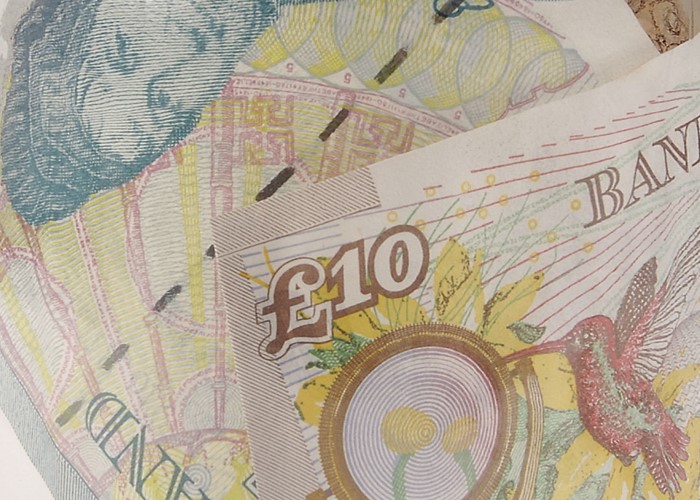Supersize Your Savings Rate

With interest rates on the rise, now is a great time to be a saver. These Best Buy accounts pay top-notch rates on your cash.
In the first part of this article, The Good News Behind Rate Rises, I warned that rising inflation and the pound's strength against the dollar indicate that the Bank of England is set to raise its base rate.
Of course, when the Bank raises its base rate from the present level of 5.25% a year, other banks will follow suit. In turn, this means that borrowers with variable-rate deals end up forking out more in interest. In contrast, higher rates are good news for savers, who see a boost to the returns from their cash deposits.
In part one, I revealed the highest interest rates paid by current accounts, fixed-rate bonds, guaranteed income bonds and government-backed Index-linked Savings Certificates. Today, we're on the lookout for the very highest interest rates paid by ordinary savings accounts.
However, with over four thousand different savings accounts on offer, this is a tough challenge. Indeed, we can choose from children's, easy-access, fixed-rate, mini-cash ISAs, monthly interest, no-notice, notice, offshore, over-50s, regular savings, TESSA-only ISAs and variable-rate accounts. Phew!
Thus, I'm going to limit my search to savings accounts for two specific needs: a no-notice account for your emergency fund, plus an account for monthly savers. Here's what I found:
1. No-notice savings accounts
Everyone needs a rainy-day fund -- some cash stashed away to meet the cost of unexpected emergencies and big bills. My advice is to keep, say, three to twelve months' living expenses tucked away in a high-interest account with no withdrawal restrictions. After all, what's the point of having an emergency fund if you can't dip into it when you need to?
Let's say that we have £250 available to transfer to a Best Buy savings account. According to the Fool's own independent, unbiased search engine, these are the highest rates on offer for £250+, with no restrictions on withdrawals and no introductory bonuses:
Account name | Interest rate (%AER) | Minimum deposit (£) | Rate guarantee |
|---|---|---|---|
Icesave Easy Access | 5.70 | 250 | At least 0.25% above base rate to 01/10/09, then at least base rate to 01/10/11. |
5.65 | 1 | At least 0.25% above base rate to 31/12/07. |
Source: The Motley Fool's savings search engine.
2. Regular-savings accounts
If you want to earn the very highest rates of interest, then it pays to be a disciplined saver. By saving for a year using a monthly standing order or direct debit, you can earn annual interest rates of 8% to 10% on these monthly deposits, as the following table shows:
Account name | Fixed interest rate (%AER) | Min/max monthly deposit (£) | Notes |
|---|---|---|---|
HSBC Preferential Regular Saver | 10 | 25/250 | For new and existing HSBC Premier, Plus or Passport current-account customers who pay their salary or pension into these accounts. |
Newcastle BS Regular Saver | 10 | 50/250 | New money to the society; must invest £5,000 in a Newcastle Index Tracker investment bond. |
HSBC Regular Saver | 8 | 25/250 | For new and existing HSBC current-account customers who pay their salary or pension into these accounts. |
Lloyds TSB Monthly Saver | 8 | 25/250 | For new and existing current-account customers. |
Source: The Motley Fool's savings search engine.
Then again, in order to qualify for one of these table-topping accounts, you may need to open a current account (or make an investment) with a provider, which raises the hurdles quite a bit higher. If you don't wish to transfer your current account, then rates of 7%+ a year are available to regular savers with Abbey, Halifax/Bank of Scotland, Skipton BS and Yorkshire BS.
Here's wishing you many years as a smarter saver!
Most Recent
Comments
Be the first to comment
Do you want to comment on this article? You need to be signed in for this feature








